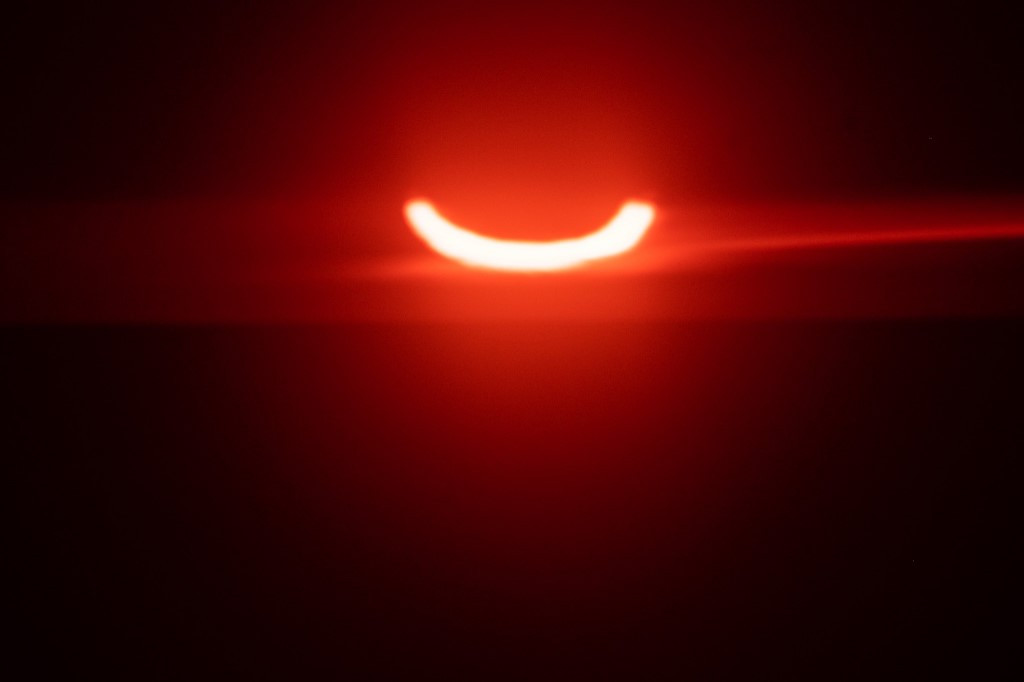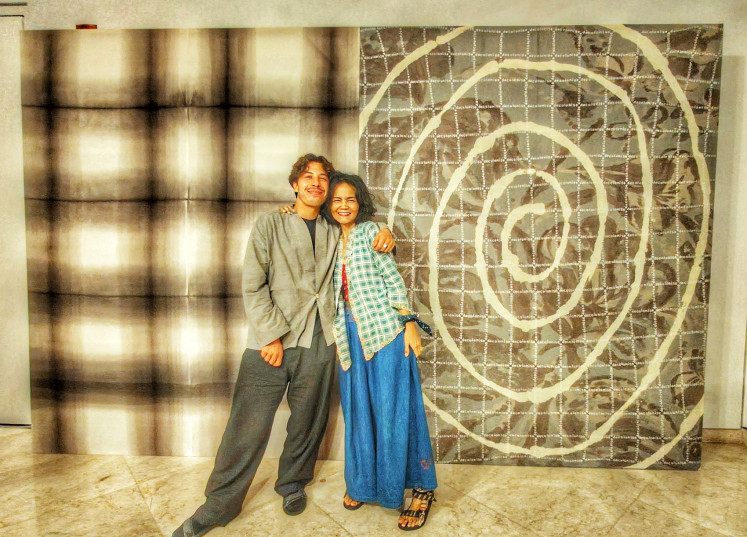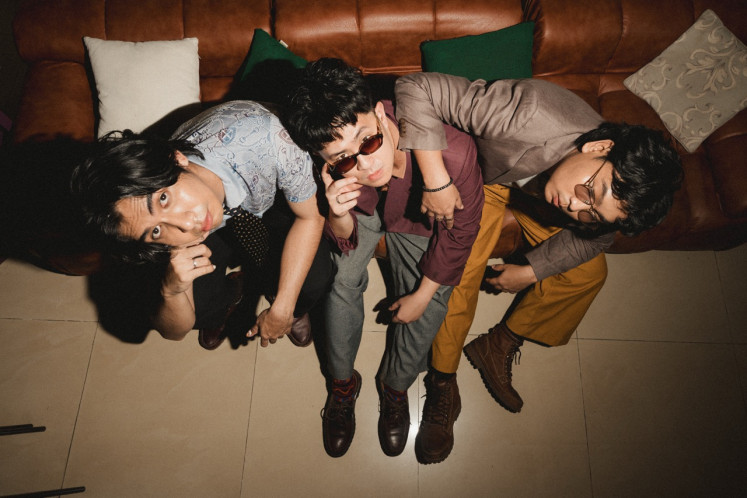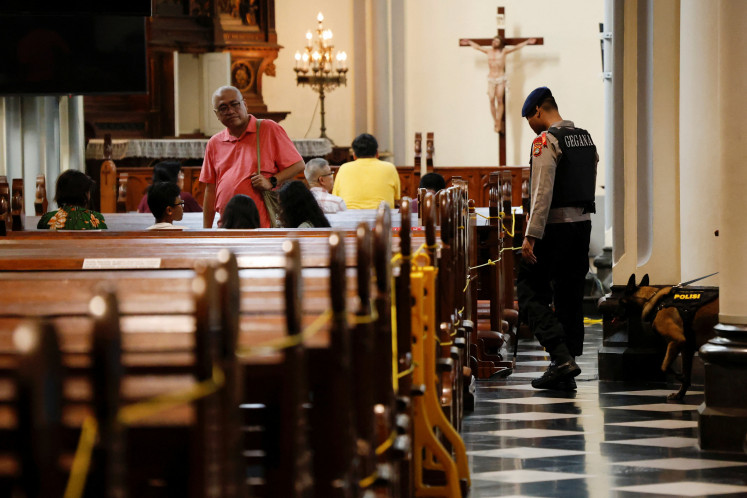Popular Reads
Top Results
Can't find what you're looking for?
View all search resultsPopular Reads
Top Results
Can't find what you're looking for?
View all search resultsPartial eclipse to sweep over northern hemisphere
The eclipse will be partial, which means the people in its shadow won't be plunged into daytime darkness.
Change text size
Gift Premium Articles
to Anyone
 A eclipsed sun rises over Tobermory on June 10, 2021 in Ontario, Canada. Canadian and Northeast states in the US saw a rare eclipsed sunrise, while in other parts of the Northern Hemisphere, this annular eclipse will be seen as a visible thin outer ring of the sun's disk that is not completely covered by the smaller dark disk of the moon, a so-called (AFP/Geoff ROBINS )
A eclipsed sun rises over Tobermory on June 10, 2021 in Ontario, Canada. Canadian and Northeast states in the US saw a rare eclipsed sunrise, while in other parts of the Northern Hemisphere, this annular eclipse will be seen as a visible thin outer ring of the sun's disk that is not completely covered by the smaller dark disk of the moon, a so-called (AFP/Geoff ROBINS )
A
solar eclipse will be visible over the Earth's northern hemisphere on Thursday with parts of Canada and Siberia privy to the best view of the celestial event.
The eclipse will be partial, which means the people in its shadow won't be plunged into daytime darkness.
Instead, people with the maximum visibility -- and necessary protective eyewear -- will have a few minutes to glimpse the moon's silhouette ringed by the sun.
In northwest Canada, northern Russia, northwest Greenland and the North Pole, the sun will be 88 percent obscured by the moon.
The eclipse will be partly visible to observers in northwest North America, parts of Europe including France and the UK, and some of northern Asia.
If skies are clear, Londoners will be able to see the moon cover 20 percent of the sun at its maximum, at 11.13am local time (10:13 GMT).
"The farther southeast people are, the less the sun will be obscured," Florent Delefie of the Paris Observatory told AFP.
He stressed that people must never look directly at the sun -- even with sunglasses or from behind a cloud -- warning "retinal burns can be irreversible".
Those who want to observe the eclipse can purchase special eyewear and the Observatory will also broadcast a close-up view of the event live on its YouTube Channel.










